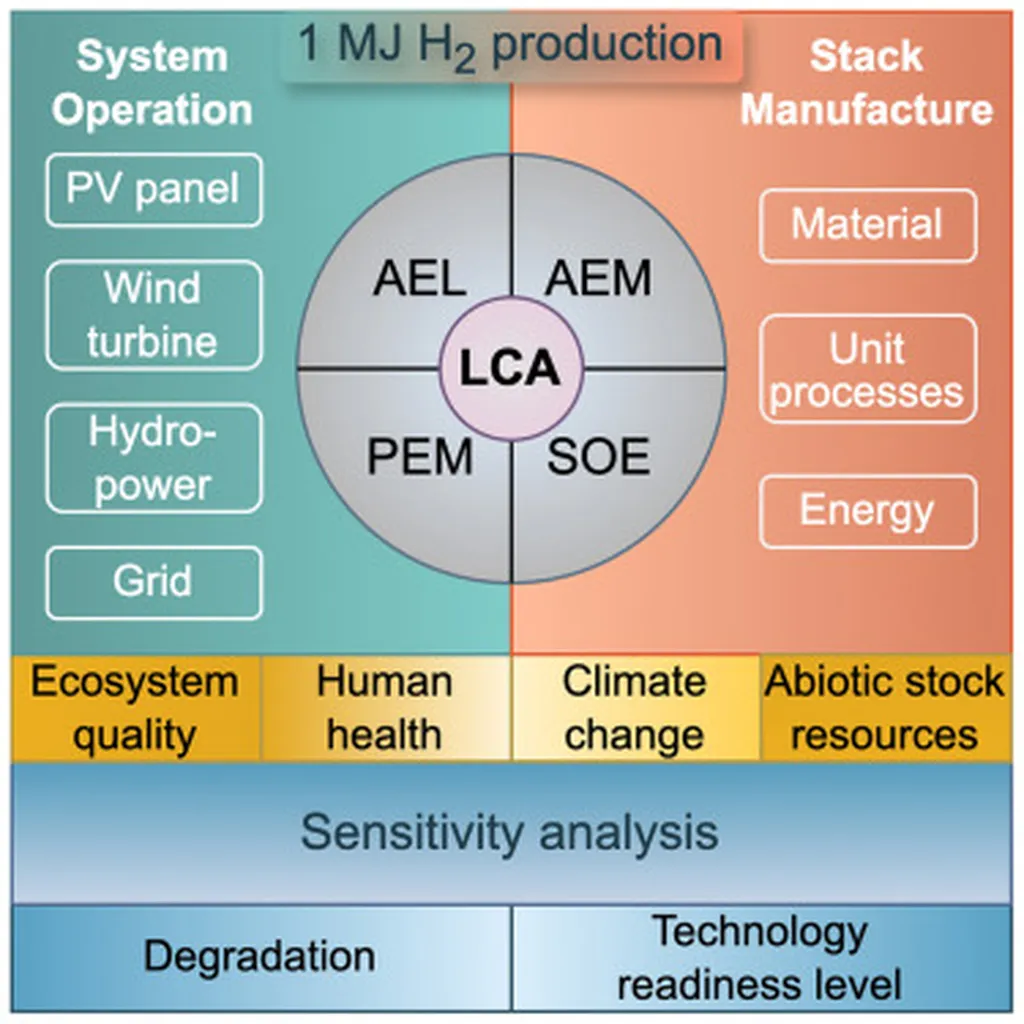In the quest for greener industrial practices, a team of researchers led by Yutao Zeng from the School of Information and Electrical Engineering at Hunan University of Science and Technology has made a significant stride. Their work, published in the *International Journal of Energy for a Low-Carbon Economy*, focuses on optimizing integrated energy systems (IES) within electrolytic aluminum industrial parks (EAIPs). The study introduces a novel approach that could reshape how these energy-intensive industries operate, balancing cost efficiency with environmental sustainability.
The research proposes an optimal scheduling model for IES in EAIPs, aiming to minimize total operational costs. The model integrates a hybrid system combining concentrated solar power (CSP) and combined cooling, heating, and power (CCHP) technologies. This hybrid approach allows the steam generated by CSP to drive the CCHP turbine, while the CCHP boiler assists in heating the molten salt used in CSP. “By leveraging the synergies between CSP and CCHP, we can significantly enhance energy efficiency and reduce operational costs,” Zeng explains.
One of the standout features of this model is its inclusion of electrolytic aluminum load (EAL) in demand response (DR) programs. EAL, which is typically inflexible due to the continuous nature of aluminum production, is adjusted based on its operational characteristics. This flexibility allows the industrial park to participate in demand response initiatives, further optimizing energy use and reducing costs.
Additionally, the model incorporates the Chinese certified emission reduction (CCER)-carbon trading mechanism. This allows the EAIP to engage in carbon trading, gaining economic benefits while contributing to emission reduction goals. “Including the EAIP in the carbon trading market not only provides economic incentives but also promotes cleaner energy consumption,” Zeng notes.
The results of the study are promising. Using Gurobi optimization software, the researchers found that their proposed strategy reduces total IES operating costs by 4.92% and increases renewable energy consumption by 1.91%. These improvements highlight the potential for significant cost savings and environmental benefits.
The implications of this research extend beyond the electrolytic aluminum industry. The integration of hybrid energy systems, demand response, and carbon trading mechanisms offers a blueprint for other energy-intensive industries seeking to optimize their operations. “This model can be adapted to various industrial settings, promoting a more sustainable and cost-effective energy future,” Zeng suggests.
As the energy sector continues to evolve, the findings from this study could shape future developments in integrated energy systems. By demonstrating the feasibility and benefits of combining renewable energy sources with flexible demand response and carbon trading, the research paves the way for a more sustainable industrial landscape. The study’s publication in the *International Journal of Energy for a Low-Carbon Economy* underscores its relevance and potential impact on the broader energy sector.

